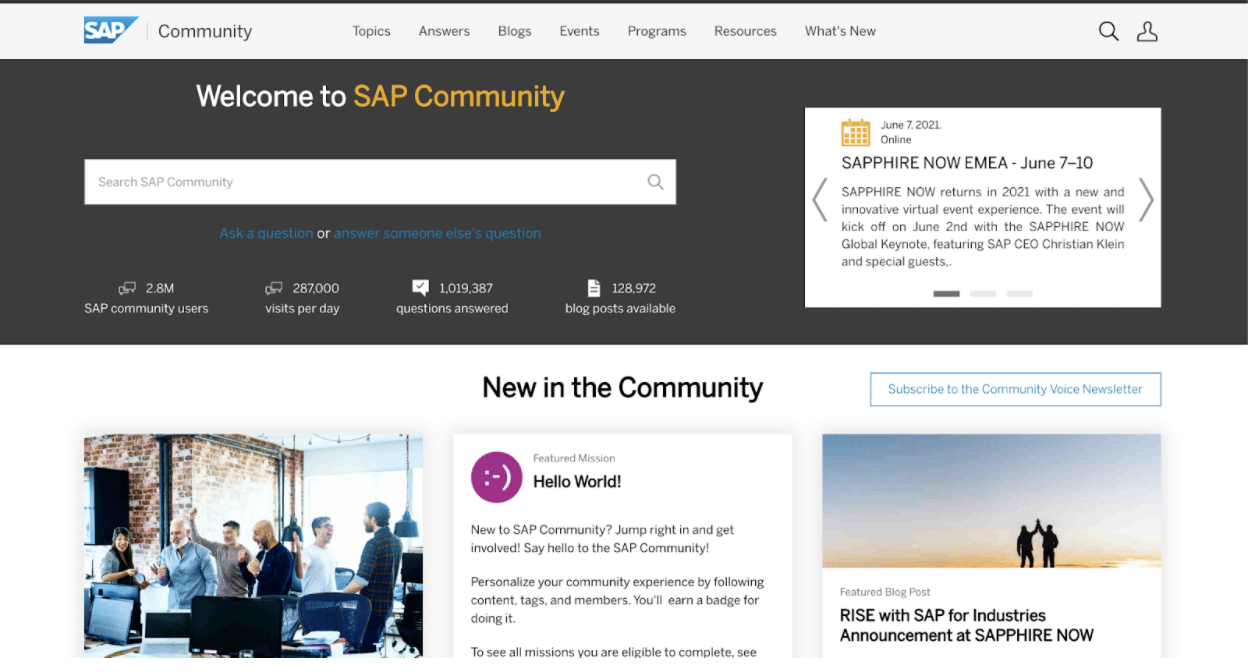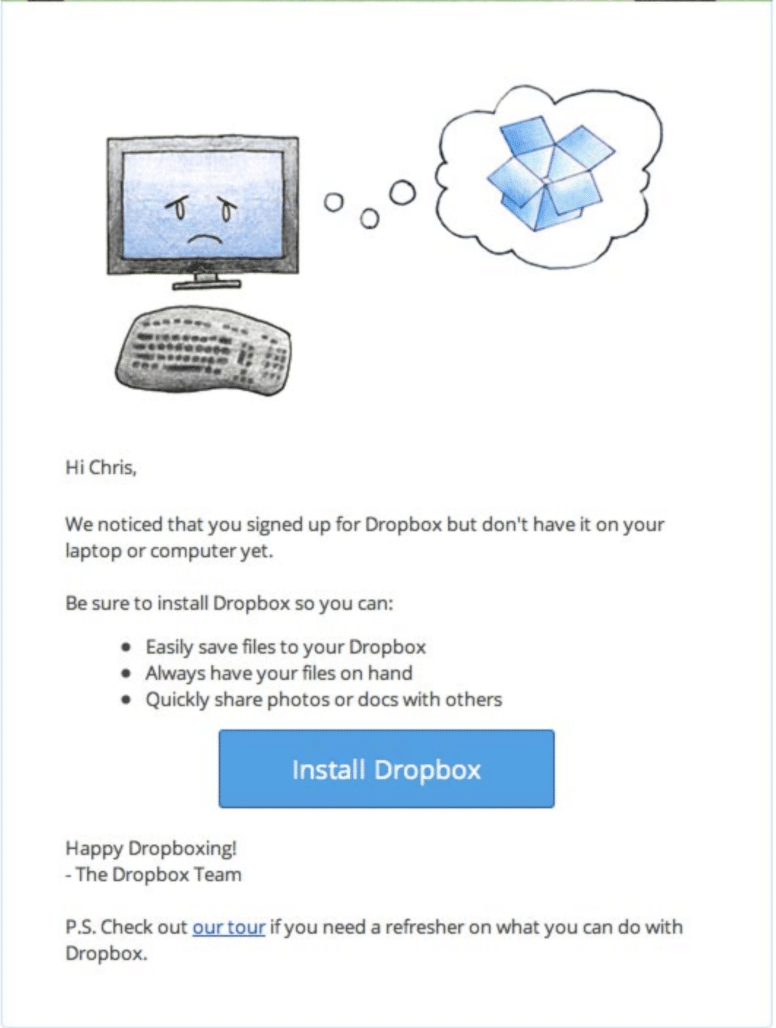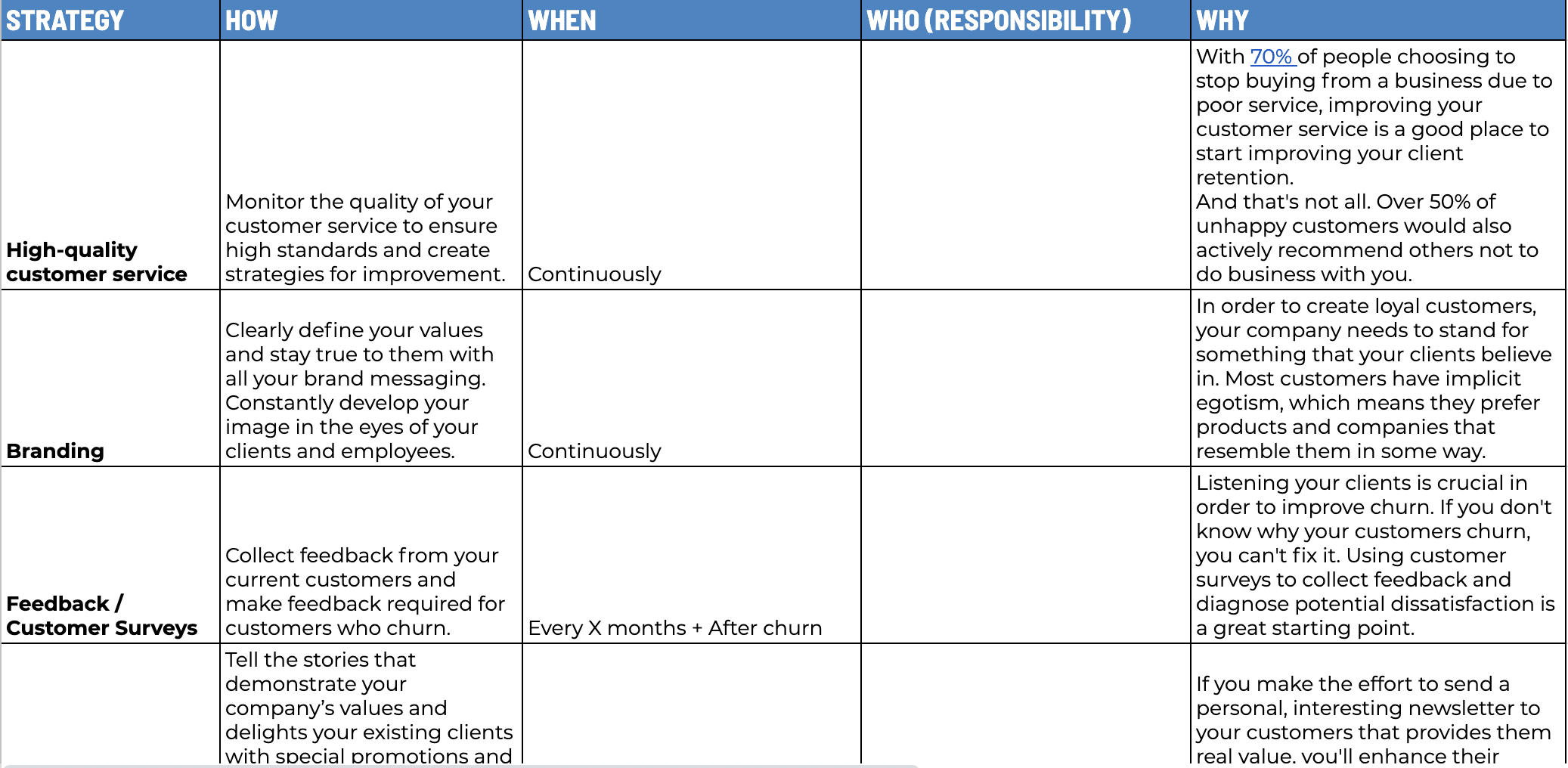Years of experience have taught us how successful marketing funnels don’t end client acquisition – they end in client advocacy.
Our complete guide to client retention will show you how to retain customers, how to measure retention and what customer churn is.
What is client retention?
Client retention is engaging with your existing clients so that they continue to buy your products or services.
On average, retaining an existing client is 5 times cheaper than acquiring a new one and according to research, only 18% of businesses focus on customer retention.
This means that the majority of your competitors are missing out on an effective growth opportunity. This is specially in industries like SaaS where the CAC (customer acquisition cost) is very high, so retention shouldn’t only be your focus – it should be your priority.
If you’ve been pouring all the hard work solely into client acquisition, it’s time you balance your marketing efforts with some client retention strategies as well.
PRO TIP: The probability of selling to an existing customer is 60-70% whereas selling to a new customer is only between 5%-20%.
How to measure customer retention
Before you start taking measures to improve your client retention, first it’s important to get a good grasp of your current situation.
Why?
Because you can’t know if your client retention strategies are working without measuring and tracking the results.
One way to measure your client retention success is to calculate your Customer Retention Rate (CRR). CRR is the percentage of customers that a company has retained over a specific period of time.
CRR FORMULA = ((Customers at end of period – New customers during this period) / Total customers at the start of the period) x 100
For example, if in the beginning of the month you have 100 clients, and by the end of the month 65 are still your clients, your monthly CRR would be 65%.
Average CRR rates change a lot between different industries. Whereas the banking industry has an average CRR of 75%, SaaS CRR hovers around only 35%.
CRR, however, is not the only metric that’s used when it comes to client retention. Many use Churn Rate, which is the inverse of CRR.
What is customer churn?
Churn rate measures the percentage of customers your company has lost over a specific period of time.
CHURN RATE FORMULA = (Lost Customers / Total Customers at the Start of Time Period) x 100.
For example, if your business had 100 customers at the beginning of the month and lost 35 customers by the end, your Churn Rate would be 35%
So, what does this tell you?
Well, not much until you can compare the rate with previous months and connect it with potential reasons for churn. It’s important to understand that not all client retention strategies work for every business. To find out what exactly your business needs, you need to first understand why your clients churn.
PRO TIP: Where CRR and churn rate are useful, they shouldn’t be measured in isolation. CLV (Customer lifetime value) can be a useful additional metric to understand the big picture.
Why is your churn rate so high?
There are few ways to find out why your customers churn. However, they all have a common theme: listening to your customers.
Ideally, you should listen to them already before they churn so that you can prevent it. But listening and collecting feedback especially after churn is vital in order to improve your strategies.
Here are some ideas how to find out reasons for customer churn:
- Set up a compulsory feedback before customers are able to churn and then monitor these answers
- Monitor online review platforms and social media for feedback
- Start a survey for your existing clients
- Talk to your customer service personnel
- Analyze the online activity of the customer who churned
What are the main issues your clients are facing? Are there any recurring themes that keep showing up?
And there’s your answer for where to get started.
Finding out the reason (or at least coming up with a hypothesis) is crucial in order to predict and improve your churn rates. For example, Groove was able to reduce churn by 71% by systematically analyzing user behavior and defining the reasons for churn.
This way, in the future, you’ll also be able to keep an eye on activity that indicates a risk of churn. Complaints, reduced engagement or failed payment are all indicative of customers that need to be reengaged with a targeted retention campaign.
While every business has its own reasons for customer churn, these are some of the most common factors:
- Poor customer service
- Lack of perceived value
- Failure to adapt to changing consumer trends
- Non-existing onboarding
- Accidental churn such as payment failure
Churn rate has a different meaning to different businesses. When your service is designed to reach a goal such as a dating app for example, the churn is not always a bad thing and indicates that your product/service has worked.
Client retention strategies (with examples and a free template)
Now that you have a better understanding of why your clients churn, you’re ready to start the improvement process.
With 70% of people choosing to stop buying from a business due to poor service, improving your customer service is a logical place to start improving client retention.
Although an important aspect, improving customer service is not the only way to reduce churn. Marketing and PR are powerful tools to turn your client retention rates around to reach all time highs.
Client Retention and Social Media Marketing
Social media is a useful channel to improve your customer service, but also to create a community around your brand.
According to research, 53% of Americans who follow a brand’s social media activity are more loyal to that brand. This makes community marketing a highly effective customer retention strategy – and not just for B2C businesses!
Take the SAP community, for example: The B2B software giant has created a community of nearly 3 million engaged users. Users gain reputation for community contributions and the platform offers various incentives for users to continue to engage.

Client Retention Email Marketing
Another effective client retention strategy is personalized email communications.
A powerful way to reduce churn is first to identify the actions that may indicate the client may churn, and then target them with a personalized email campaign.
Look at this personalized retention email from Dropbox for example. It re-engages the client by reminding why the client downloaded the app in the first place.

Client Retention Digital PR
One of the main reasons for customer churn is a decrease in perceived value of your service or product – a lack of belief that it can meet their needs or expectations.
How can you change this? Digital PR.
When a movie wins an Oscar, its perceived value skyrockets even in the eyes of the people who initially don’t think much of it. Simply put, people care what others think.
This is what digital PR does for companies. If your company wins positive media coverage in a top-tier publication that’s revered by your target audience, clients that were about to leave might reconsider. Well-placed PR increases your credibility and can restore the clients faith in your business’ ability to meet their needs.
To see more effective client retention strategies, download our free Client Retention Strategy Template.

CLIENT RETENTION STRATEGY TEMPLATE
Learn different strategies to improve customer loyalty and retention with our Client Retention Strategy Template.
Wrapping Up
When you learn to measure client retention, know why your clients churn and how to fix it with effective client retention strategies, you have a great set of tools not only to reduce churn, but also to turn your clients into advocates.
This way, along with more revenue, you’ll receive the most trustworthy marketing of all: word-of-mouth marketing. In other words, happy clients will keep buying from you and recommending you to others as well.









